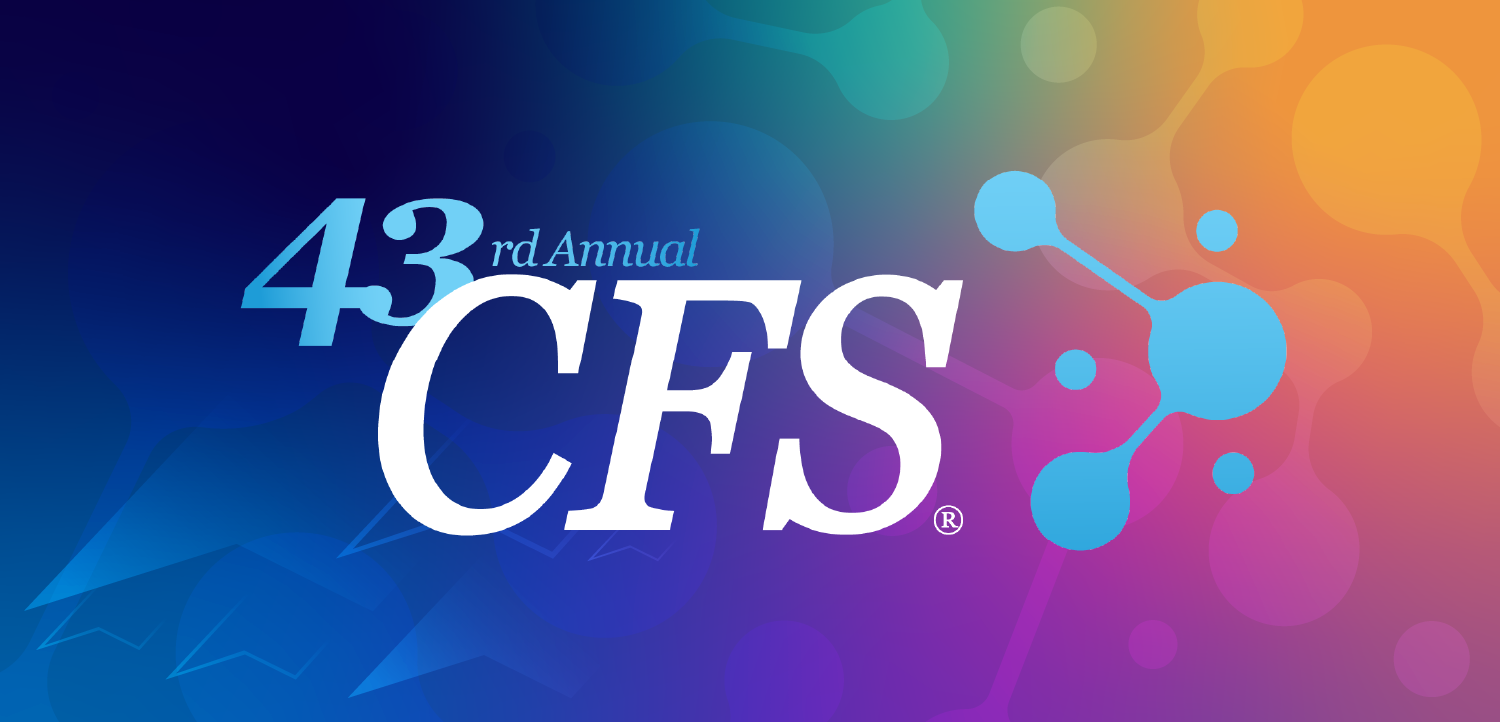- Diagnostic Imaging Vol 32 No 11
- Volume 32
- Issue 11
Delayed contrast MR may predict rheumatoid arthritis
Delayed gadolinium enhancement during MR imaging of cartilage of the metacarpophalangeal joints in patients with rheumatoid arthritis is feasible at 3T and may help predict rheumatoid arthritis.
Delayed gadolinium enhancement during MR imaging of cartilage of the metacarpophalangeal joints in patients with rheumatoid arthritis is feasible at 3T and may help predict rheumatoid arthritis.
The procedure involves T1 mapping following intravenous contrast. Concentration of the contrast in cartilage is an indirect measure of glycosaminoglycan (GAG), a component of hyaline cartilage.
The absence of GAG during delayed-contrast MR may help assess cartilage degeneration in the morphologically normal-appearing second and third metacarpophalangeal joints in patients.
Phalangeal and metacarpal delayed-enhancement values in patients with rheumatoid arthritis were significantly lower than in control subjects, although joint thickness was comparable in both groups, according to the researchers. Cartilage damage is a common occurrence in rheumatoid arthritis patients, so imaging may help for diagnosis and treatment purposes (Radiol 2010;257:441-447).
Articles in this issue
almost 15 years ago
CT follows clinical findings for suspected child abusealmost 15 years ago
ER patients favor CT; will tolerate radiation riskalmost 15 years ago
Coronary artery calcification found on CT predicts deathalmost 15 years ago
Riverrain's new x-ray lung CAD features bone removalalmost 15 years ago
After a decade of growth in teleradiology; now what's next?almost 15 years ago
PET/MR steps up as first new hybrid modality in a decadealmost 15 years ago
Philips updates its flagship ultrasound scanner with 3Dalmost 15 years ago
FMRI shows connections missing in autistic brainsalmost 15 years ago
Debate over mastectomy/breast MR link continuesNewsletter
Stay at the forefront of radiology with the Diagnostic Imaging newsletter, delivering the latest news, clinical insights, and imaging advancements for today’s radiologists.




























